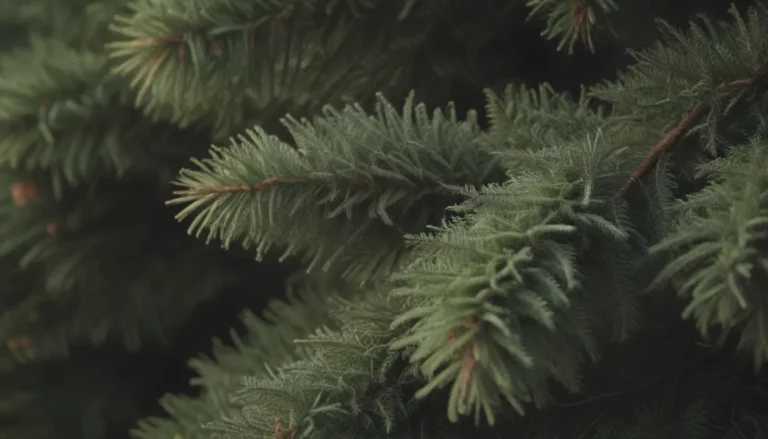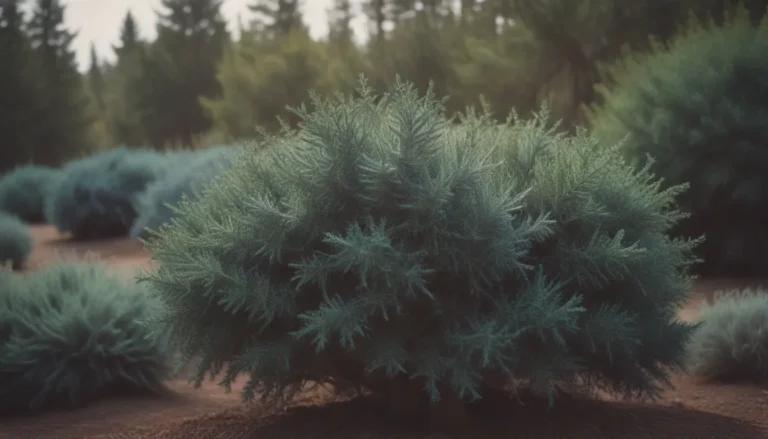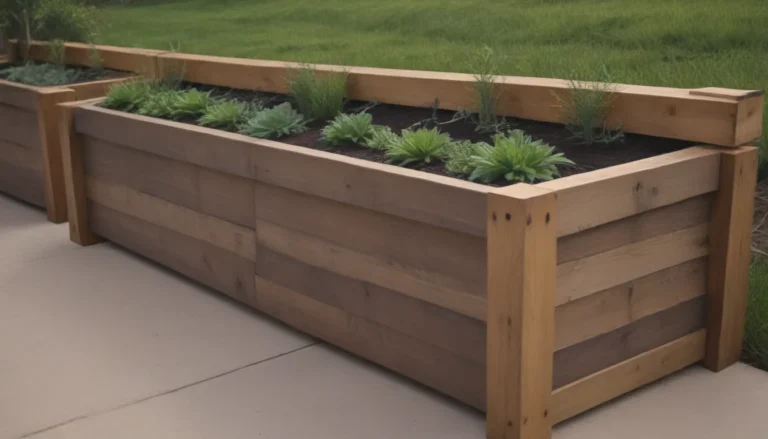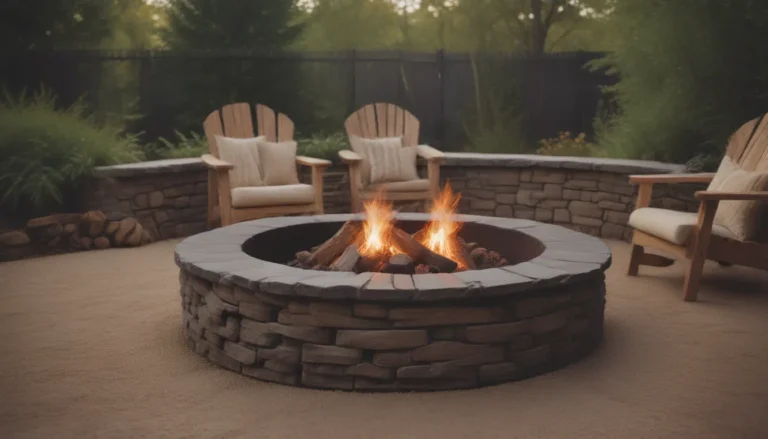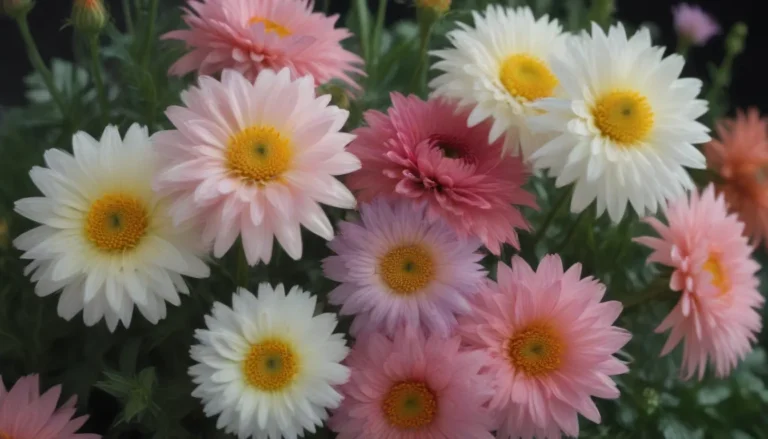The Ultimate Guide to Caring for Gray Birch Trees
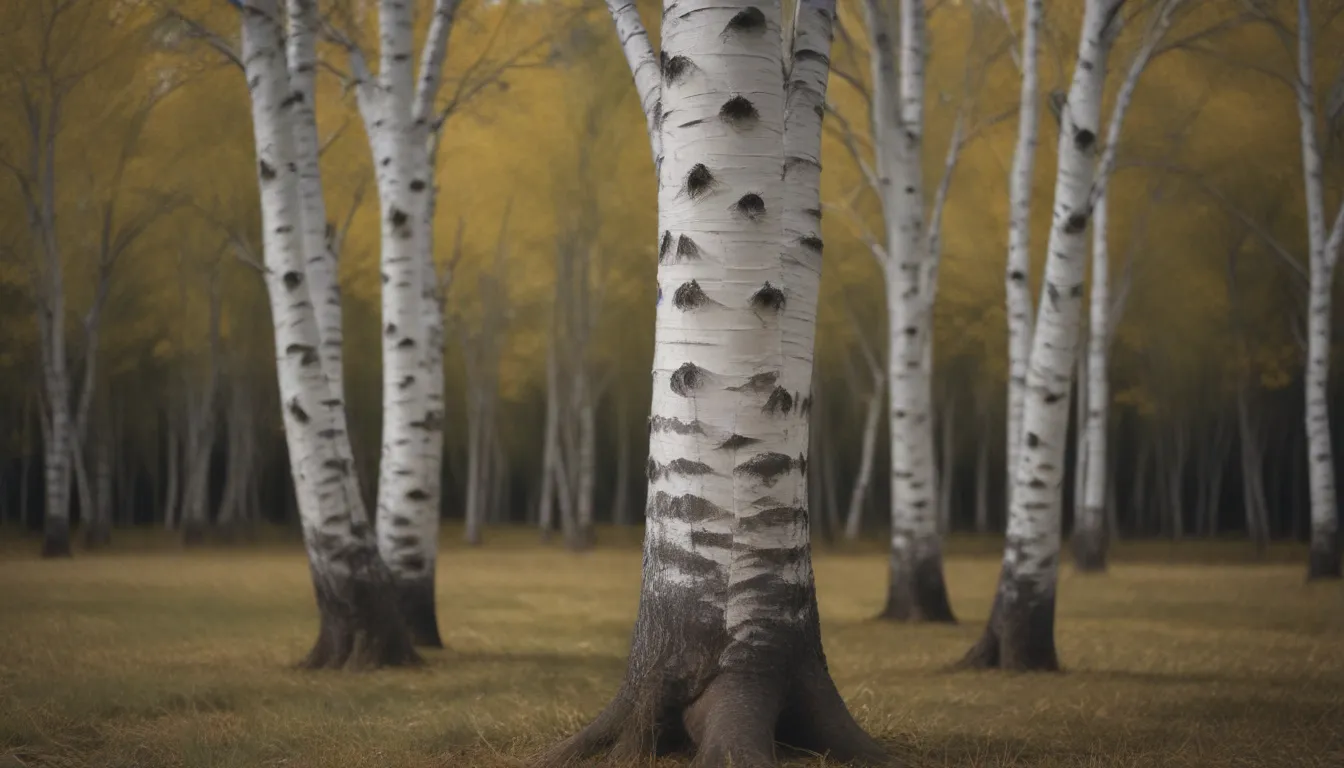
If you’re a fan of fast-growing, attractive trees, the gray birch might just be the perfect addition to your landscape. Native to North America, this medium-sized tree is known for its color-changing bark, long-lasting catkins, and slender silhouette. In this in-depth guide, we’ll go over everything you need to know about caring for gray birch trees like a pro.
Getting to Know Gray Birch Trees
Gray birch trees, also known as Betula populifolia, are highly adaptable and can thrive in a variety of conditions. Here are some key characteristics of these beautiful trees:
– Adaptable to full sun or partial shade
– Can tolerate a wide range of soils, from poor and rocky to rich and loamy
– Prefer consistently moist soil with good drainage
– Thrive in cooler climates with moderate temperatures and humidity levels
– Rarely need supplemental fertilization
– Not prone to heavy pruning
Gray Birch Care Requirements
To ensure your gray birch trees thrive in your garden, it’s essential to meet their basic care requirements. Here are some tips on how to care for your gray birch trees:
Light
- Plant your gray birch tree in a partial shade location for best results.
- Morning sun exposure is ideal for optimal foliage appearance.
- While gray birch trees can handle full sun, it’s best to avoid planting them in full shade.
Soil
- Gray birch trees are known for their ability to grow in most soil types.
- Ensure the soil is well-drained yet consistently moist for the best growth results.
Water
- Gray birch trees prefer consistently moist soil.
- Water deeply once a week during the growing season in drier conditions.
- Mulching around the tree base can help retain moisture.
Temperature and Humidity
- Gray birch trees thrive in cooler climates with temperatures below 75°F.
- Avoid planting them in hot, humid conditions.
- Mulching around the tree base can help regulate soil temperatures.
Fertilizer
- Gray birch trees rarely need supplemental fertilization.
- Only apply fertilizer if a soil test reveals a specific nutrient deficiency.
- Use a slow-release formula in late fall or early spring for best results.
Pruning
- Avoid heavy pruning, as excessive pruning can harm the tree’s health.
- Only prune to remove broken, dying, or dead branches in late summer or fall.
- Avoid pruning during May to July to prevent attracting pests.
Propagating and Growing Gray Birch Trees
If you’re interested in propagating or growing gray birch trees from seed, here are some tips to help you succeed:
Propagating Gray Birch
- Propagating gray birch trees from branch cuttings is challenging but possible.
- Success rates may vary, so be patient and attentive to the process.
Growing Gray Birch From Seed
- Growing gray birch from seed is a reliable method of producing new trees.
- Follow proper seed planting and care techniques for the best results.
Overwintering and Common Pests
Preparing your gray birch trees for winter and protecting them from common pests is essential for their long-term health. Here are some tips on overwintering and dealing with common pests:
Overwintering
- Water deeply and mulch the tree base in late fall to preserve moisture.
- Avoid overwatering during winter to prevent root rot.
Common Pests and Plant Diseases
- Watch out for bronze birch borer infestations, which can damage gray birch trees.
- Keep an eye out for leaf miner attacks and cankers.
- Choose resistant cultivars like Betula populifolia ‘Whitespire Senior’ to minimize pest issues.
Final Thoughts on Gray Birch Trees
In conclusion, gray birch trees are a beautiful addition to any landscape. With their striking color-changing bark, long-lasting catkins, and compact size, they are perfect for home gardens. By providing proper care and maintenance, you can enjoy the beauty of gray birch trees for years to come.
Remember to:
– Plant in a partial shade location
– Ensure well-drained, moist soil
– Water consistently
– Avoid heavy pruning
– Consider propagating from seed
– Watch out for common pests and diseases
By following these tips and providing the necessary care, you can transform your gray birch trees into thriving, healthy specimens that will enhance your outdoor space. Experiment with different planting locations and techniques to find what works best for your specific environment. Enjoy the beauty and benefits of gray birch trees in your garden today!
Sources:
– How to Grow and Maintain a Healthy Birch Tree. US Dept of Agriculture, Forest Service, Northern Area State & Private Forestry.
– Betula Populifolia “Whitespire”. North Carolina Extension Gardener Plant Toolbox
– Bronze Birch Borer. Purdue University Cooperative Extension Service
